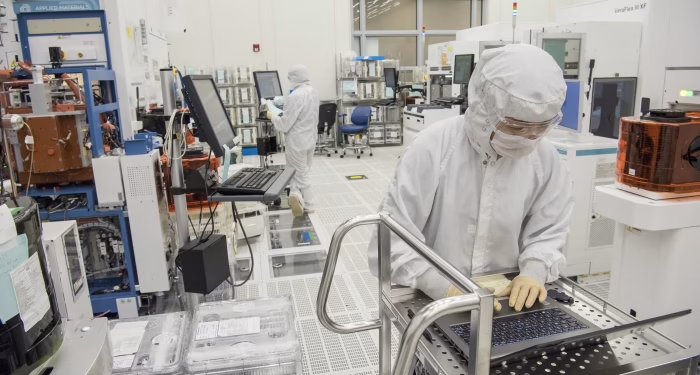Oman is entering the global semiconductor arena through training programs, strategic partnerships, and government-backed initiatives. The country is working to establish a homegrown chip design ecosystem. And while the journey is just beginning, the developments are grounded in real investments and local capacity-building.
From Labs to Layout: Training Engineers for VLSI Design
In partnership with GS Microelectronics (GSME), the University of Nizwa has established a chip design training centre in Muscat. Over 90 engineers have already been trained in VLSI design and chip layout. Their first achievement was in designing Oman-1 and Oman-2 microchips sent abroad for manufacturing and testing.
These chips are technical proof that design skills are being developed within Oman. The university owns a 90% stake in GSME, making this effort deeply embedded in the country’s academic and economic development plans.
Kaynes Semicon Opens VLSI Centre in Oman
In May 2025, Kaynes Semicon, an Indian company, opened a VLSI design centre in Muscat under a government-supported initiative. The goal is to train 80 Omani engineers in chip design within one year. This project aligns with Oman Vision 2040 and is a part of the country’s National Digital Economy Program.
Oman Plans AI Chip Plant in Salalah
Oman signed an MoU with AONH Holdings to build a facility focused on AI semiconductor development in Salalah Free Zone. The agreement promises to develop chips for autonomous vehicles, cloud computing, and next-gen artificial intelligence applications. This solidifies Oman’s intent to expand from design to future manufacturing, though concrete fab plans are still in early stages.
Government Push: Creating Jobs and an Ecosystem
Oman’s government plans to create at least 100 jobs in the semiconductor sector. The Ministry of Transport, Communications and Information Technology is driving multiple tenders, including one for a full Centre of Excellence in semiconductor training and industry development.
While Oman is not yet planning to build full fabrication plants, its current strategy centers around becoming a fabless hub, designing chips locally and outsourcing production to global foundries.
The Regional Picture: Oman vs UAE
While Oman focuses on chip design and talent development, the UAE is investing heavily in AI infrastructure, data centers, and cloud platforms. However, both countries face a talent bottleneck. Skilled chip designers and data engineers are in short supply, and most senior roles are still filled by foreign experts.
What sets Oman apart is its choice to develop local engineers through structured programs before scaling industrial output.
Is It a Sustainable Strategy?
So far, Oman’s approach appears measured. Instead of announcing large fabrication projects without technical capacity, the country is investing in education, training, and partnerships. The presence of designed chips, Oman-1 and Oman-2 already tested abroad, supports this phased strategy.
That said, key elements like commercial scalability, long-term funding, and deep supply chain development remain in progress. Oman’s ability to transition from design to commercial production will be the true test of this ambition.













